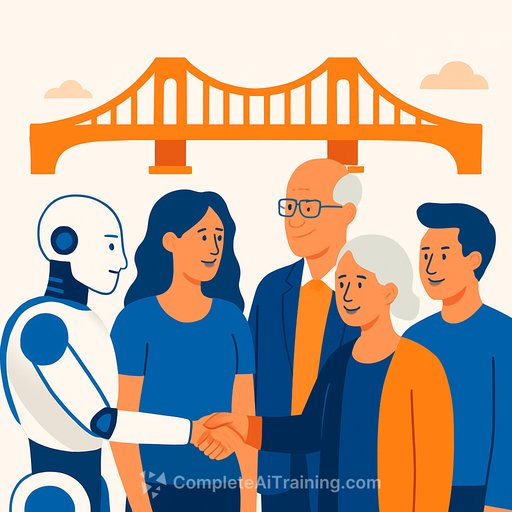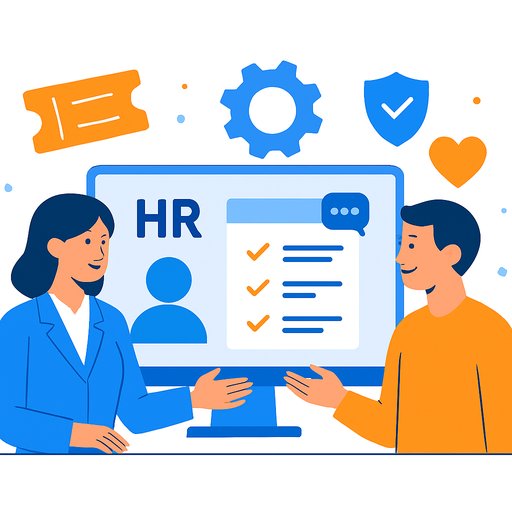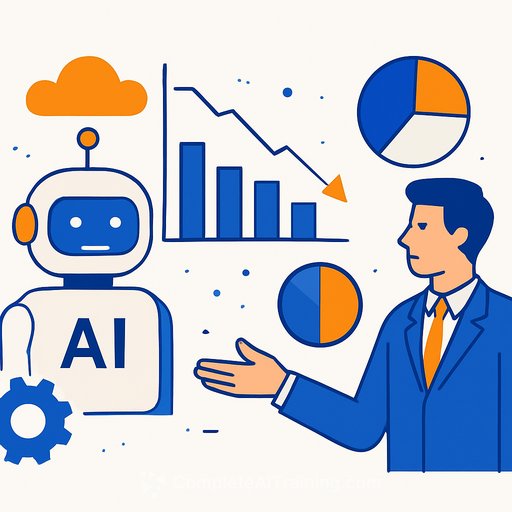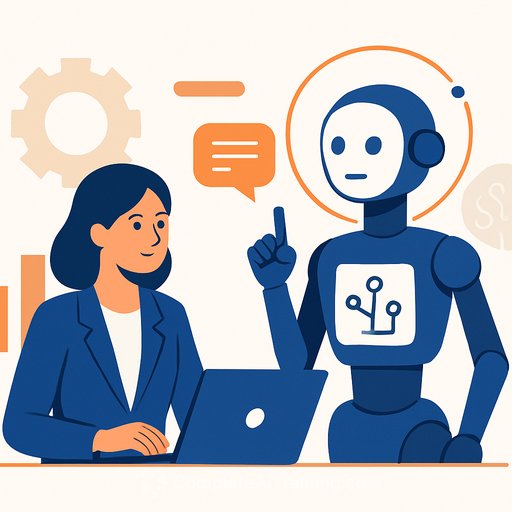What HR Should Know About AI’s Effect on Multigenerational Workplaces
Employers face clear generational differences in the use and awareness of AI tools at work. While business leaders may push for AI adoption, employees and HR teams often struggle to adjust and fully integrate these technologies into daily operations.
Implementing AI requires a significant learning curve. Employees need support to translate AI’s capabilities into meaningful workplace functions. HR departments have a critical role in crafting a clear vision that bridges this gap and supports all generations.
Progress on AI training remains slow. A recent report found only 31% of workers had access to AI training, even though 35% reported using AI tools at work. This gap complicates efforts to bring everyone up to speed, especially since familiarity with AI varies widely across age groups.
Generational Divide in AI Usage and Awareness
Data from Pew Research Center highlights the divide: 38% of adults under 30 have used ChatGPT for work, compared to 30% of those aged 30 to 49, and just 18% of those 50 and older. While most adults have heard of ChatGPT, older workers tend to know less about its capabilities.
This divide impacts how employees perceive AI’s role in their careers. Younger workers are more likely to explore AI tools but also express concerns about job security, leading some to consider career changes toward skilled trades and other fields less affected by AI.
AI’s Role in HR and Potential Challenges
AI is increasingly involved in HR processes like recruiting. However, it has drawn scrutiny over possible biases, especially concerning older workers. For instance, an ongoing lawsuit against HR vendor Workday alleges discriminatory effects in its automated job platform.
HR professionals need to be aware of these risks and ensure AI tools are implemented fairly and transparently.
How Different Generations Respond to AI
- Younger workers lead AI adoption but often keep usage private. Many fear job replacement, which drives reluctance to disclose AI use to managers.
- Mid-career and older workers lag behind in AI usage. Despite this, many employers offer training programs to help close the gap.
- Collaborative training works best. Boomers and Gen Z face different challenges with technology, and joint sessions can foster understanding and skills development.
- Human skills remain essential. Beyond technical ability, problem-solving, critical thinking, and emotional intelligence keep employees competitive.
Supporting AI Learning Across Generations
HR can support AI adoption by creating inclusive training that respects different learning styles and comfort levels. Offering both formal programs and informal resources helps workers build confidence.
Encouraging open conversations about AI fears and benefits also helps reduce anxiety. Recognizing concerns, especially among younger employees worried about job security, can lead to more effective communication and career planning.
For HR professionals looking to expand AI knowledge and training options, resources like Complete AI Training offer courses tailored to different skills and job roles.
Key Takeaways for HR Teams
- Understand the generational differences in AI familiarity and use.
- Provide accessible, ongoing training that addresses both technical and human skills.
- Create a safe environment where employees can discuss AI without fear of judgment or job loss.
- Monitor AI tools for fairness, especially in recruitment and performance management.
- Support career development that accounts for AI’s impact on roles and industries.
By focusing on these areas, HR can help build a multigenerational workforce that adapts to AI thoughtfully and effectively.
Your membership also unlocks:






